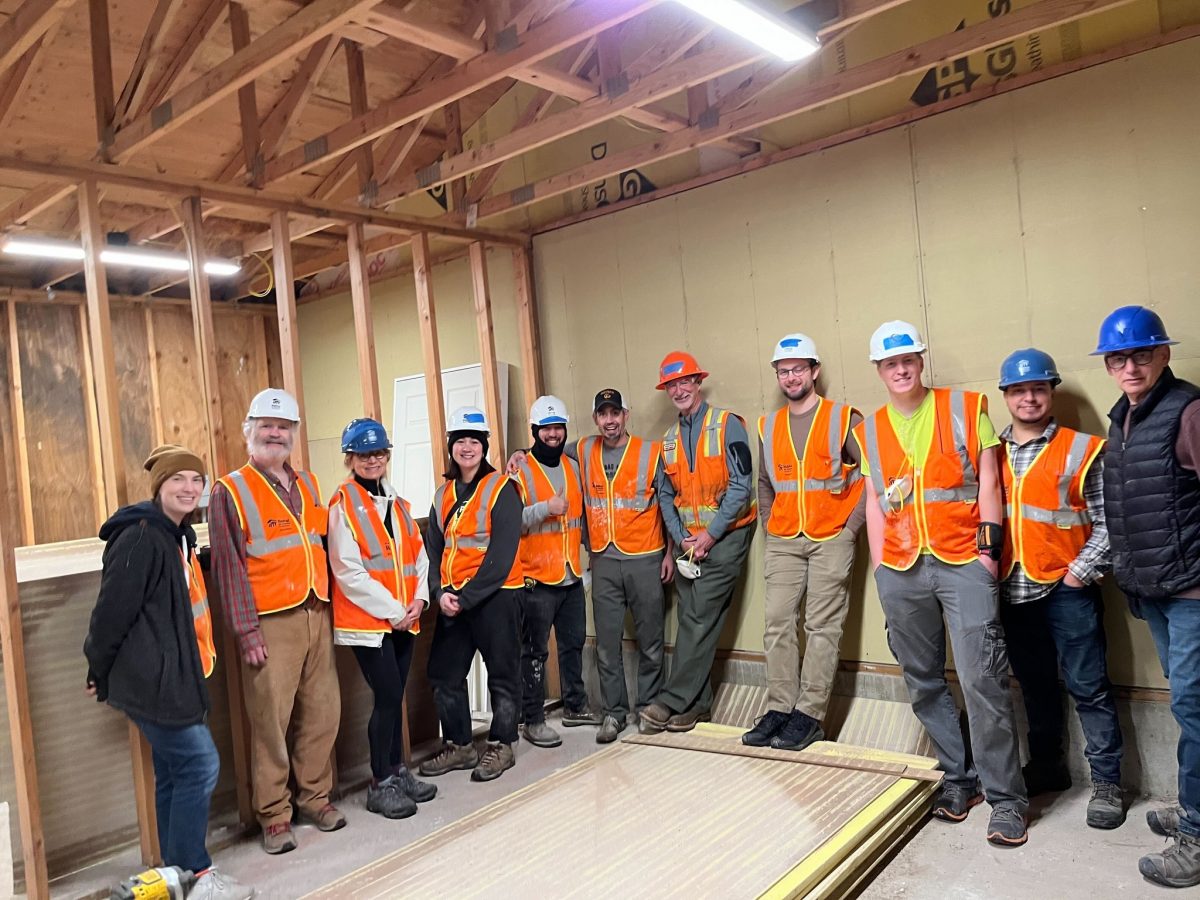When you drop a stitch in a garment, an unexpected strain may make it fall apart. When you alter one part of a garment, sometimes the alteration affects the garment somewhere else. The same is true for trust agreements: a missing clause or a careless amendment may throw the trust out of whack and send a warring family to their lawyers. Three cases in Washington County show what happens next.
In 1998 a successful industrialist (“Trustor”) adopted a revocable living trust agreement and placed his assets into the trust. As is usual, Trustor was the initial trustee. In Paragraph 11.1 he provided for successor trustees: “If the Trustee becomes unable or unwilling to serve, the Trustor hereby appoints Brother One and Brother Two [two brothers of the trustor] as the Co-Successor Trustees,” or if they weren’t available then Son One as the first alternate successor, and Son Two as the second alternate successor. Son One and Son Two are two of the trustor’s three children; Daughter is the other child.
Trustor provided a means for his family to remove Brothers One and Two. In Paragraph 11.7 he stated: “After the death or incapacity of the Trustor and upon the written request of a majority of the income beneficiaries who are not incapacitated, the Trustee shall resign in favor of the next Successor Trustee designated in Paragraph 11.1 above, if any.” If none of the Successor Trustees named in Paragraph 11.1 remained, then the Trustee would ask a court to appoint a Successor Trustee, either a trust company, a bank with trust powers, or a disinterested individual.
The lawyer who drafted the 1998 trust agreement was capable and competent, but he did not define “income beneficiaries” — he dropped a stitch, so to speak. The missing definition plagues Trustor’s family today. I’ll come back to that.
In 2008, Trustor hired a different lawyer, less familiar with trusts, to change the order of his successor trustees. The new lawyer may have got a Word copy of the original trust, because almost all of the 2008 trust is the same as the 1998 trust. The drafter left Paragraphs 4.3 and 11.7 alone, but changed Paragraph 11.1 to read: “If the Trustee becomes unable or unwilling to serve, the Trustor hereby appoints Brother One, Brother Two, and Friend One as Successor Co-Trustees.”
The Trustor amended Paragraph 11.1 several more times, either by himself or with the second lawyer. In 2014 he amended Paragraph 11.1 to read: “If the Trustee becomes unable or unwilling to serve, the Trustor hereby appoints Brother One, Brother Two, Son-in-Law, Friend Two, Friend Three, and Friend Four as Successor Co-Trustees.” The Trustor did not amend Paragraph 11.7, which continued to provide that if a majority of the “income beneficiaries” requested the trustee (meaning a successor trustee) to resign, then the trustee would resign in favor of the next Successor Trustee designated in Paragraph 11.1, or if none, then a court would appoint a trust company or disinterested individual as the successor trustee or trustees.
By 2020 Brothers One and Two had died, and Trustor had become incompetent. Son-in-Law, Friend Two, Friend Three, and Friend Four became the successor co-trustees. Disputes arose among the trustees. In March 2021 Friend Two sued the other trustees over a dispute about whether or not to make certain distributions, which the trustees eventually settled. The disputes continued, however, and the children and grandchildren of Trustor requested Friend Two to resign. Friend Two did not resign. In November 2022 Daughter (not herself a trustee) sued Friend Two and asked the court to require Friend Two to resign, presenting the consents of all of Trustor’s living descendants. Last month Son-in-Law (Daughter’s husband, who is one of the trustees) filed suit number three, asking the court to remove all four trustees, including himself, and appoint a professional fiduciary in their place.
The 2022 case brought to light the first drafting error. Paragraph 11.7 gave the “income beneficiaries” the right to remove a trustee, but who are the “income beneficiaries”? The Trustor is still living (he’s now 97). He is the only person who has the right to compel the trustees to distribute money, and he is the only person currently entitled to receive income from the trust. However, the trust agreement gave the successor trustees the right, but not the duty, to distribute trust funds to Trustor’s family in accordance with any gift plan that Trustor had undertaken, or if necessary for their health, maintenance, education, and medical care. The trustee has the power to distribute income to the Trustor’s family, but they don’t have the right to compel the trustee to give them anything. Are they “income beneficiaries”?
The trust agreement does not define “income beneficiaries” – that’s the dropped stitch I mentioned. Neither does Oregon’s trust code, though it uses the term “income beneficiary” in one place, at ORS 130.232(1)(b). That’s the argument in the 2022 case: can the family members who are eligible to receive income oust Friend Two? A careful drafter could have avoided dropping the stitch by phrasing Paragraph 11.7 like this:
“If the Trustor dies or becomes incompetent, a majority of the Trustor’s then-living adult descendants may request any Successor Trustee to resign.”
The 2008 and 2014 amendments created a different problem. Paragraph 11.7 states that if a majority of the income beneficiaries request a trustee to resign, then the vacancy will be filled by the next successor trustee listed in Paragraph 11.1 – but Trustor removed all of the “next in line” successor trustees from Paragraph 11.1. If the family members count as “income beneficiaries” under the trust, and if they can remove a trustee under Paragraph 11.7 but Paragraph 11.1 no longer names any successor co-trustees, must the court appoint a successor co-trustee to replace all four of the current trustees, or can the trust continue with three of the four co-trustees and no replacement?
A dropped stitch in 1998 and sloppy alterations in 2008 and 2014 haven’t ruined any garments, but they’ve spawned three suits and hundreds of thousands of dollars in legal fees that one definition and a few added words might have avoided.



